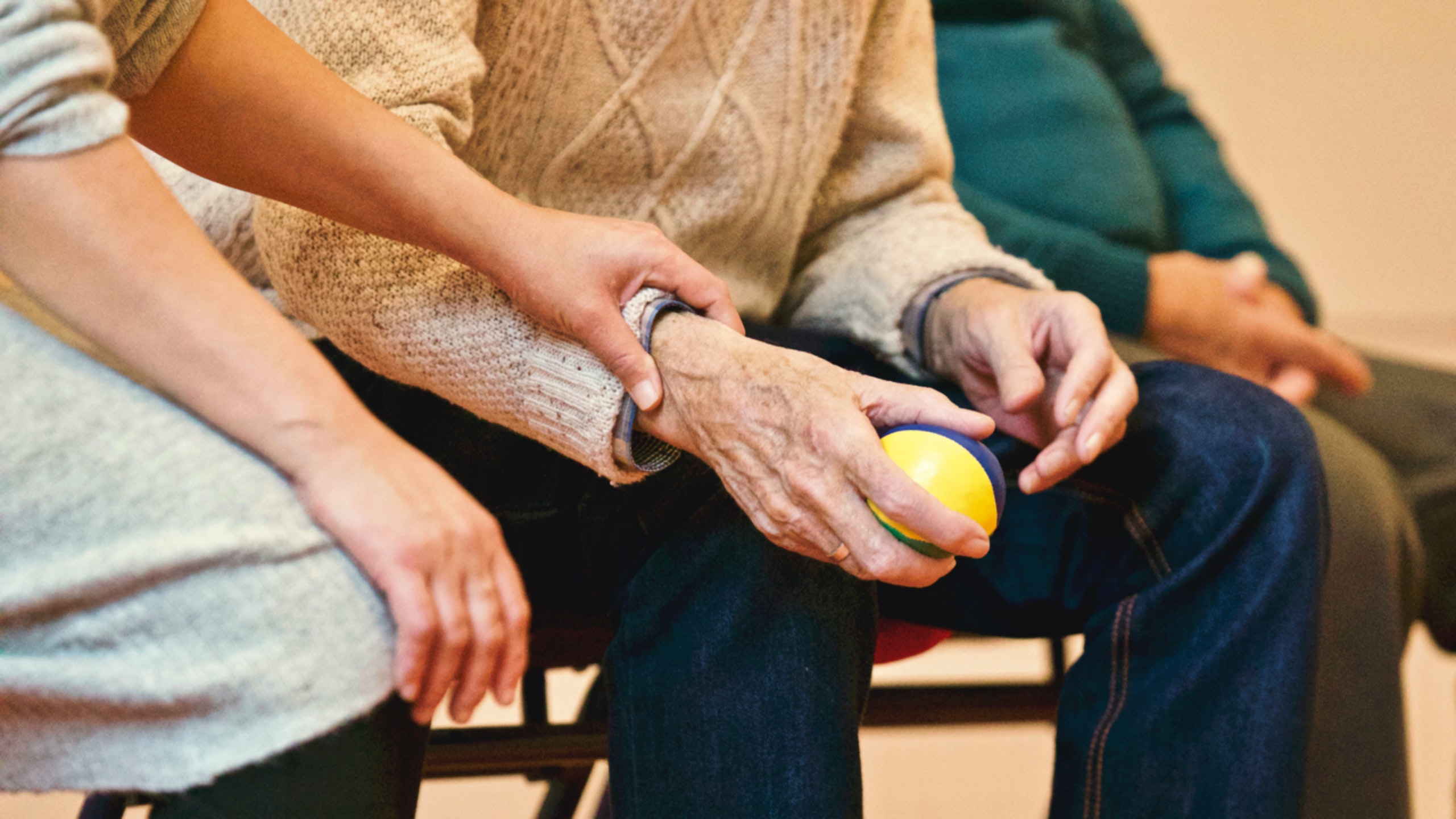Breaking the Myths: Debunking Common Misconceptions About Osteoporosis

The image is not directly related to the article. It merely symbolizes the life of elderly people.
Osteoporosis is a common health condition that affects millions of people worldwide. It is characterized by a decrease in bone density and strength, which leads to an increased risk of fractures. Despite its prevalence, there are still many misconceptions surrounding osteoporosis. In this article, we will debunk some of the most common myths about osteoporosis and provide accurate information to help you better understand this condition.
Myth 1: Osteoporosis only affects older women.
One of the biggest misconceptions about osteoporosis is that it only affects older women. While it is true that postmenopausal women are at a higher risk, osteoporosis can also affect men, younger women, and even children. In fact, nearly 20% of people living with osteoporosis in the United States are men. It is essential to recognize that age and gender are not the sole determinants of osteoporosis risk.
Myth 2: Osteoporosis is a normal part of aging.
Contrary to popular belief, osteoporosis is not a normal part of aging. While bone density naturally declines with age, the loss of bone mass associated with osteoporosis is not a regular occurrence. Osteoporosis is a separate condition that results from a combination of genetic, lifestyle, and environmental factors. It is crucial to differentiate between normal bone aging and pathological bone loss to prevent and treat osteoporosis effectively.
Myth 3: Osteoporosis only affects bones.
Another common misconception is that osteoporosis only affects bones. While it primarily impacts bone density and strength, osteoporosis is not an isolated condition. Research has linked osteoporosis to various other health issues, including an increased risk of cardiovascular disease, cognitive decline, and even certain types of cancer. It is vital to recognize that osteoporosis is not solely a bone-related concern but can have far-reaching implications for overall health.
Myth 4: Osteoporosis is only caused by calcium deficiency.
While calcium deficiency is a known risk factor for osteoporosis, it is not the sole cause of the condition. Osteoporosis is a complex disorder influenced by multiple factors, such as hormonal imbalances, vitamin D deficiency, genetics, and lifestyle choices. While calcium is crucial for bone health, it is just one piece of the puzzle. A comprehensive approach to osteoporosis prevention and treatment should include a balanced diet, regular exercise, adequate vitamin D levels, and lifestyle modifications.
Myth 5: Osteoporosis cannot be prevented or treated.
One of the most disheartening misconceptions about osteoporosis is that it cannot be prevented or treated. While it is true that osteoporosis is a chronic condition that cannot be completely reversed, there are numerous interventions available to prevent bone loss, reduce fracture risk, and improve overall quality of life. Lifestyle modifications, including a calcium-rich diet, regular weight-bearing exercise, and fall prevention strategies, can significantly impact bone health. Additionally, medications are available to slow bone loss and reduce fracture risk in individuals with osteoporosis.
In conclusion, debunking common misconceptions about osteoporosis is crucial for raising awareness and promoting accurate information about this prevalent condition. Understanding that osteoporosis can affect people of all ages and genders, is not a normal part of aging, can have far-reaching health implications, has multiple causes beyond calcium deficiency, and is preventable and treatable, allows individuals to take proactive steps to protect their bone health. By breaking these myths, we can work towards a society that is better informed and equipped to prevent and manage osteoporosis effectively.
The image is not directly related to the article. It merely symbolizes the life of elderly people. Osteoporosis is a common health condition that affects millions of people worldwide. It is characterized by a decrease in bone density and strength, which leads to an increased risk of fractures. Despite its prevalence, there are still many…
Recent Posts
- Empowering Caregivers: The Best Online and Offline Resources to Enhance Your Skills
- Traveling with a Purpose: The Rise of Volunteer Vacations
- Breaking Stigma: Dispelling Myths about Mobility Aids and Disability
- Avoiding Probate: How Trusts Can Simplify the Estate Settlement Process
- Senior Citizens Beware: Common Financial Scams and How to Stay Protected

